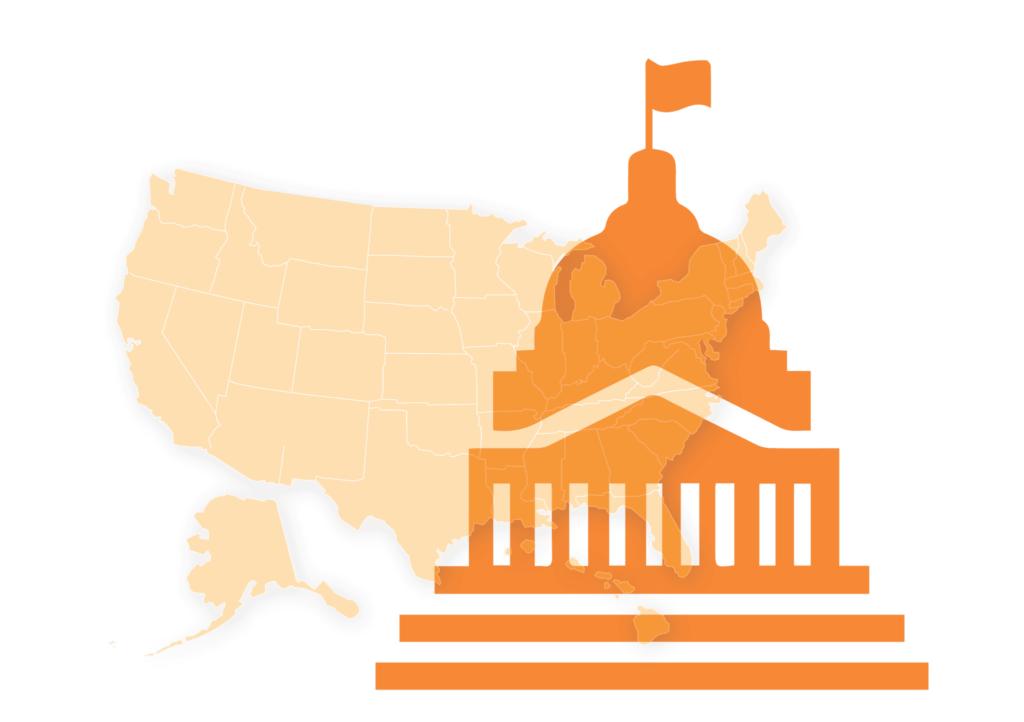Secretary Miguel Cardona
U.S. Department of Education
400 Maryland Avenue SW
Washington, DC 20202
Dear Secretary Cardona:
We, the undersigned organizations, commend the U.S. Department of Education (ED) for identifying school nutrition, regardless of the educational setting, as a key strategy for addressing the extraordinary disruption to children’s health, educational, and emotional wellbeing that has been a result of the pandemic.
The meals provided during the school day and during the out-of-school time hours have always been a vital source of support for families from low-income backgrounds, and are even more critical as the pandemic has increased the number of families facing hunger. As we know, students from low- income backgrounds and students of color have been disproportionally impacted by COVID-19 and were more likely to experience food insecurity or live in a food dessert prior to the onset of the pandemic. Therefore, school nutrition will serve not only as an important lever for increasing and sustaining student engagement during this time, but also a critical, long-standing opportunity to increase education equity.
As students begin to safely return to the classroom and to afterschool and summer programs, it is essential that schools maximize participation in the school and out-of-school time meal programs to ensure children have the nutrition they need to thrive. To that end, we make the following recommendations for your consideration:






 October 31, 2025 by
October 31, 2025 by